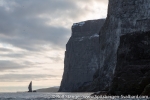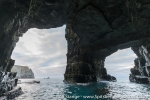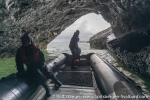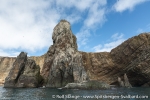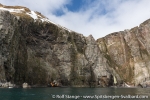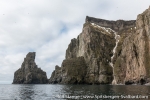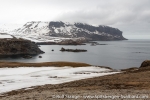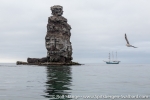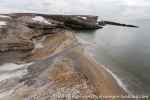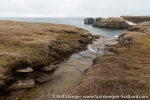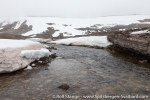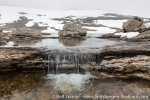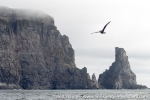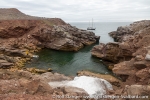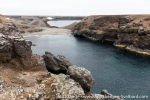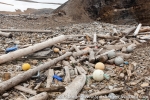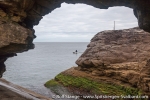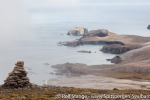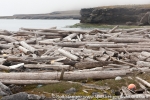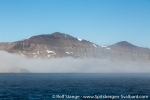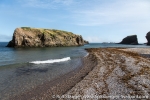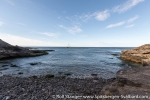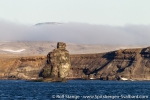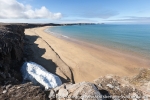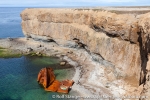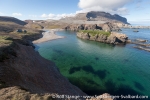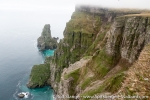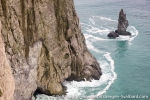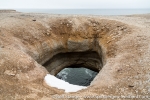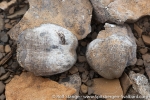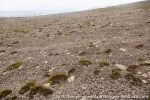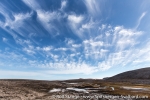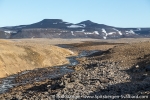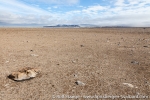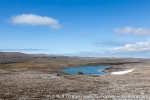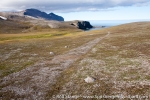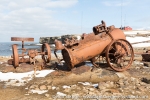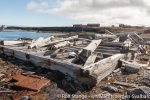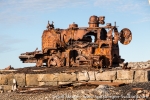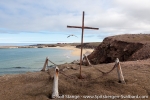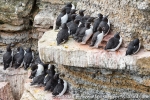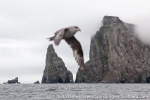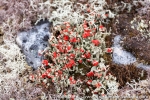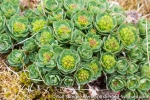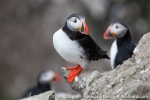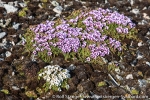-
current
recommendations- Liefdefjord
New page dedicated to one of Spitsbergen's most beautiful fjords. Background information and many photos.

- New Spitsbergen guidebook
The new edition of my Spitsbergen guidebook is out and available now!

- Liefdefjord
New page dedicated to one of Spitsbergen's most beautiful fjords. Background information and many photos.
Page Structure
-
Spitsbergen-News
- Select Month
- June 2025
- May 2025
- April 2025
- March 2025
- February 2025
- January 2025
- December 2024
- November 2024
- October 2024
- September 2024
- August 2024
- July 2024
- June 2024
- May 2024
- April 2024
- March 2024
- February 2024
- January 2024
- December 2023
- November 2023
- October 2023
- September 2023
- August 2023
- July 2023
- June 2023
- May 2023
- April 2023
- March 2023
- February 2023
- January 2023
- December 2022
- November 2022
- October 2022
- September 2022
- August 2022
- July 2022
- June 2022
- May 2022
- April 2022
- March 2022
- February 2022
- January 2022
- December 2021
- November 2021
- October 2021
- September 2021
- August 2021
- July 2021
- June 2021
- May 2021
- April 2021
- March 2021
- February 2021
- January 2021
- December 2020
- November 2020
- October 2020
- September 2020
- August 2020
- July 2020
- June 2020
- May 2020
- April 2020
- March 2020
- February 2020
- January 2020
- December 2019
- November 2019
- October 2019
- September 2019
- August 2019
- July 2019
- June 2019
- May 2019
- April 2019
- March 2019
- February 2019
- January 2019
- December 2018
- November 2018
- October 2018
- September 2018
- August 2018
- July 2018
- June 2018
- May 2018
- April 2018
- March 2018
- February 2018
- January 2018
- December 2017
- November 2017
- October 2017
- September 2017
- August 2017
- July 2017
- June 2017
- May 2017
- April 2017
- March 2017
- February 2017
- January 2017
- December 2016
- November 2016
- October 2016
- September 2016
- August 2016
- July 2016
- June 2016
- May 2016
- April 2016
- March 2016
- February 2016
- January 2016
- December 2015
- November 2015
- October 2015
- September 2015
- August 2015
- July 2015
- June 2015
- May 2015
- April 2015
- March 2015
- February 2015
- January 2015
- December 2014
- November 2014
- October 2014
- September 2014
- August 2014
- July 2014
- June 2014
- May 2014
- April 2014
- March 2014
- February 2014
- January 2014
- December 2013
- November 2013
- October 2013
- September 2013
- August 2013
- July 2013
- June 2013
- May 2013
- April 2013
- March 2013
- February 2013
- January 2013
- December 2012
- November 2012
- October 2012
- September 2012
- August 2012
- July 2012
- June 2012
- May 2012
- April 2012
- March 2012
- February 2012
- January 2012
- December 2011
- November 2011
- October 2011
- September 2011
- August 2011
- May 2011
- April 2011
- March 2011
- February 2011
- January 2011
- December 2010
- November 2010
- September 2010
- August 2010
- July 2010
- June 2010
- May 2010
- April 2010
- March 2010
- February 2010
- November 2009
- October 2009
- August 2009
- July 2009
- June 2009
- May 2009
- April 2009
- March 2009
- February 2009
- January 2009
- December 2008
- November 2008
- October 2008
- August 2008
- July 2008
- June 2008
- May 2008
- April 2008
- March 2008
- February 2008
- April 2000
- Select Month
-
weather information
-
Newsletter

| Guidebook: Spitsbergen-Svalbard |
Bjørnøya (Bear Island)
General
Bjørnøya (Bear Island) is the southernmost island of the Svalbard archipelago, halfway between Norway and Spitsbergen. The island is 178 km2 large and relatively rarely visited, but fascinating. There is a permanently staffed Norwegian weather station at the north coast of the island. The lack of protected bays and the rough weather with strong winds and frequent fog make visiting Bjørnøya a bit of a lottery. Bjørnøya was declared a nature reserve in 2002, there are according regulations and access to some areas is restricted. These are hatched on the map below: the area around the huge bird cliffs at the southern end of the island may not be entered between April 01 and August 31, except boats shorter than 40 feet that may approach from the sea. (This is as of November 2023. It is generally wise to double-check with the Sysselmester (governor) of Svalbard for officially confirmed, up-to-date information if you plan to visit.)
For more, detailed information: the Guidebook Spitsbergen-Svalbard

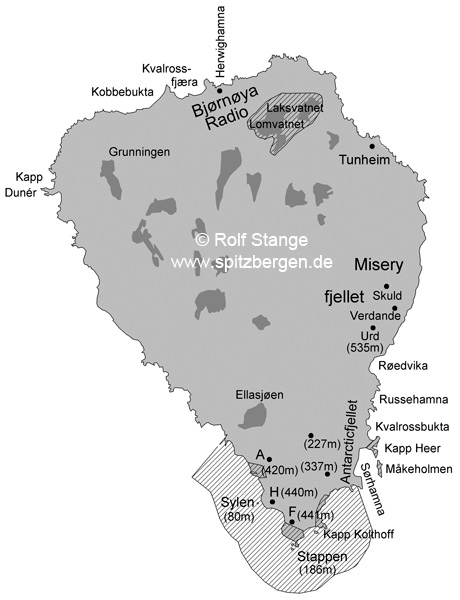
Bear Island (Bjørnøya). Bird sanctuaries are hatched
(more information in the text above).
Bjørnøya panorama
There are special pages on this website with photos, more information and 360-degree panorama pages on various parts of the island:
- The weather station Bjørnøya Meteo on the northern side of Bjørnøya.
- The old coal mine of Tunheim.
- The beautiful bay Russehamna.
- The old whaling station in Kvalrossbukta.
In the past, Bjørnøya was often surrounded by drift ice in late winter (mainly March-May), but usually ice-free during the summer months. These days, the drift ice reaches rarely so far south.
If you read German, then I can recommend the following: there is a book especially dedicated to Bear Island, written by the present author and owner of this website.
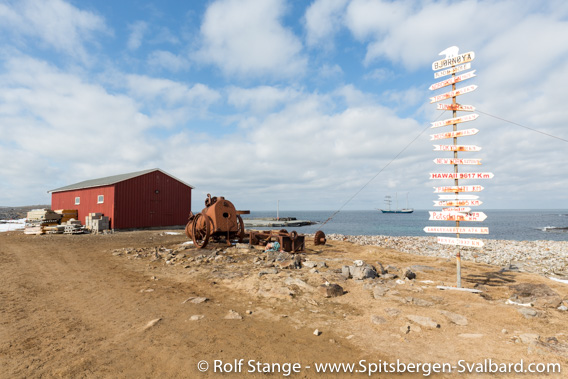
Signpost near the weather station Bjørnøya Meteo.
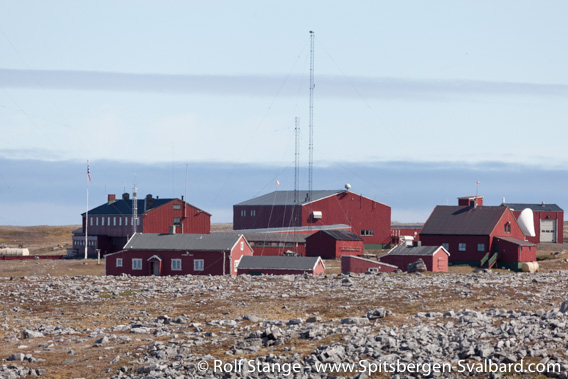
Weather station Bjørnøya Radio at Herwighamna, Bear Island
(earlier called Bjørnøya Radio).
Panoramas Bear Island – Bjørnøya
There are several pages with photos, more information and 360 degree panorama images on this website, accessible from the map on the Spitsbergen panorama site or directly here:
- The weather stastion Bjørnøya Meteo.
- The old coal mine Tunheim.
- The beautiful bay of Russehamna.
Geology
Varied. Partly basement rocks (Silurian and older), partly younger sedimentary cover (Devonian and younger). There are Devonian sediments in the northeastern part of Bjørnøya, which include coal seams. These belong to the oldest coal seams on Earth, as plants, without which there can’t be any coal formation, just started to move on dry land. There are various Mesozoic sediments in the southeast.
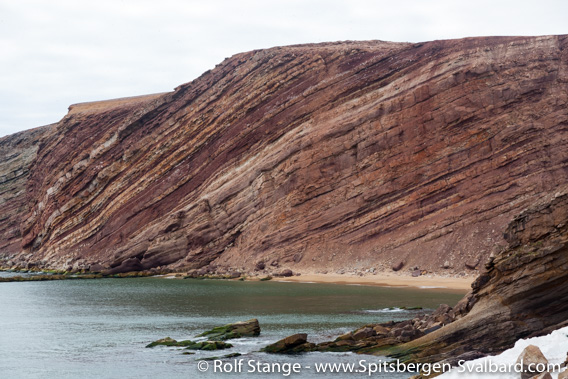
Layers of Carboniferous conglomerates and sandstones at Kapp Harry.
Recommended book for further, well-digestable (really!) info about geology and landscape of Svalbard.
Landscape
Landscape-wise, Bjørnøya is unique within Svalbard. The unglaciated interiour of the island is gently sloping, reaching higher altitudes from north to south, culminating in the south and southeast (Miseryfjellet, 536 m high).
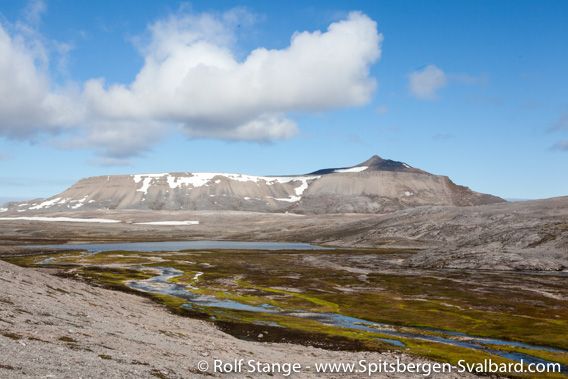
Miseryfjellet, the highest mountain on Bjørnøya, seen from Ymerdalen.

Miseryfjellet, the highest mountain on Bjørnøya, seen from the sea.
There is a wide lowland area in the northern part of Bjørnøya. The inland there is very barren, flat and has a large number of mostly very shallow lakes. In some of these, environmental toxins have accumulated in worrying concentrations in recent decades. These contaminants have been brought to the Arctic from industrial countries in Europe and North America by oceanic and atmospheric currents.
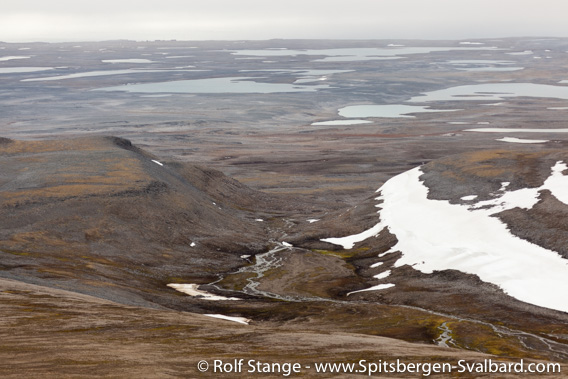
View from Miseryfjellet over the flat land on northern Bjørnøya.
The coasts are quite spectacular. There are only few bays and beaches, but high, near-vertical cliffs, which are highest at the southern tip. There are several characteristic rock columns (Sylen, Stappen and other ones) and caves such as the famous Perleporten, all created by the constant surf.

The characteristic Stappen (191 m high), an impressive sea stack at the southern tip of Bjørnøya.
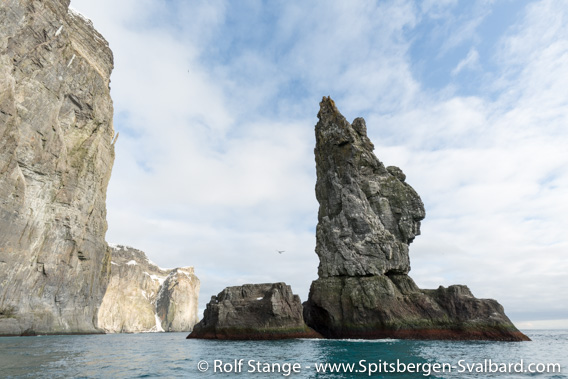
The characteristic Sylen (80 m high), an impressive sea stack on the southwest coast tip of Bjørnøya.
These cliffs are home to some of the largest seabirds colonies of the North Atlantic. The coastal cave Perleporten became a bit famous through Alistair MacLean’s novel Bear Island from 1971. The novel does not have much to do with the reality on the real Bear Island, but Perleporten is without any doubt a fantastic place. Hard to get to, as the fantastic places in nature tend to be, and it needs good weather and calm seas to go in by small boat, but if it works, then it is definitely an unforgettable experience.
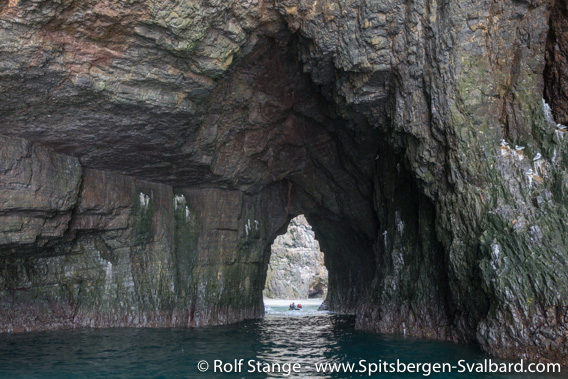
The coastal cave Perleporten cuts through Kapp Kolthoff on the southeast side of Bjørnøya.
Flora and fauna
The interiour of Bjørnøya is largely devoid of life, apart from the fauna of some of the lakes. Some of them have Arctic char, which is mostly small, but some cannibalistic individuals have reached considerable size. An ornithological specialty is the Great northern diver. This large bird is very rare on the east side of the Atlantic, it is breeding in Greenland and mostly in northern North America, but a pair has found a home near a lake in the northeastern part of Bjørnøya. Accordingly, the lake was declared a no-go-area, much to the annoyance of the staff of the weather station, as they lost a popular destination which they had used for fishing.
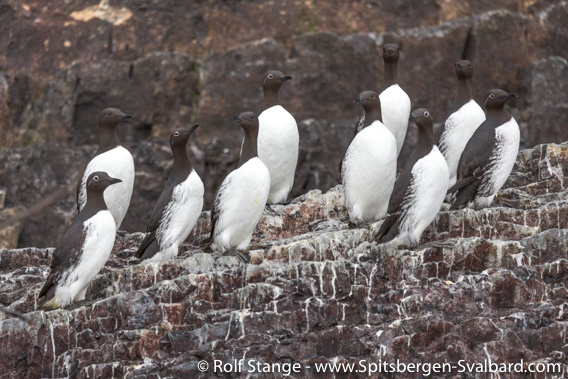
Common guillemots on the southeast coast of Bjørnøya.
Biologically the most important parts of Bjørnøya are the steep coastal cliffs with their enormous seabirds colonies, especially in the southern half of the island. Here, hundreds of thousands of guillemots, both Brünich’s and Common, are breading next to each other. These birdcliffs are amongst the largest ones of the northern hemisphere. Fishery as well as the oil industry may threat these important breeding sites in the future. The island itself is protected, but the economical exploitation of the surrounding seas is likely to happen. There is a large fishing fleet in the area.
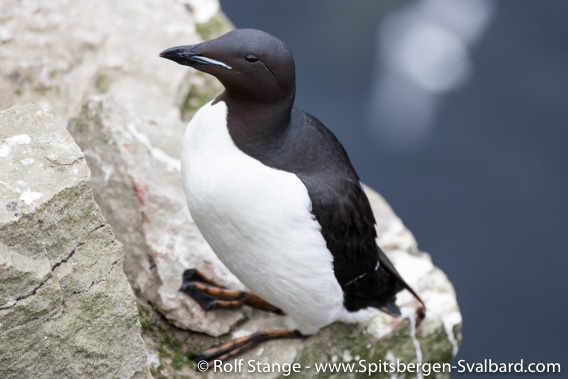
Brünich’s guillemot, east coast of Bjørnøya.
The population of the Common guillemot in Bjørnøya collapsed dramatically in 1986, because some important fish species had been overfished regionally. The Brünich’s guillemot with its more diverse menu was not affected, but the Common guillemot has not yet completely recovered.
The mammal fauna is rather scarce. The polar bear, who gave Bjørnøya its name, pays only occasional visits to the island, when it is surrounded by drift ice during the winter. There were enormous walrus colonies in the past, which have been wiped out completely since the early 17th century.
History
Bjørnøya was the first island of the Spitsbergen archipelago which was discovered by the Dutchman Willem Barentsz during his famous third voyage. Barentsz reached the island on 10h June 1596 and named it ‘Beeren Eylandt’ (English Bear Island, Norwegian Bjørnøya) as they had a dramatic fight with a polar bear during their first visit to the coast.
The island has a long history. Pomor hunters as well as Norwegian trappers have wintered there many times. In the late 19th century, the German journalist and self-declared polar expert Theodor Lerner claimed parts of Bjørnøya, but did not establish any long-term activities due to lack of capital (he intended to establish a coal mine). Later, a Norwegian company started coal mining at the northeast coast. These activities were mostly not economical, and in the 1920s the Norwegian state bought the shares.

‘Hammerfesthuset’ (to the right) in direct neighbourhood to the weather station: the oldest house within the whole Svalbard archipelago which is still standing.
Today the party location of the station.
During the Second World War, Germany established a weather station here for a couple of months, but with little success.
Later, Norway kept a station, which is still operating today.
Photo galleries: Bear Island – Bjørnøya
Some impressions of the many faces of Bear Island, sorted in several galleries for better overview.
Gallery 1: Coastal scenery
- gallery anchor link: #gallery_1476
Click on thumbnail to open an enlarged version of the specific photo.
Gallery 2: Inland scenery
- gallery anchor link: #gallery_1477
Click on thumbnail to open an enlarged version of the specific photo.
Gallery 3: Weather station Bjørnøya Meteo and historical sites
- gallery anchor link: #gallery_1478
Click on thumbnail to open an enlarged version of the specific photo.
Gallery 4: Flowers and wildlife
- gallery anchor link: #gallery_1479
Click on thumbnail to open an enlarged version of the specific photo.
BOOKS, CALENDAR, POSTCARDS AND MORE
This and other publishing products of the Spitsbergen publishing house in the Spitsbergen-Shop.
last modification: 2025-01-26 ·
copyright: Rolf Stange



